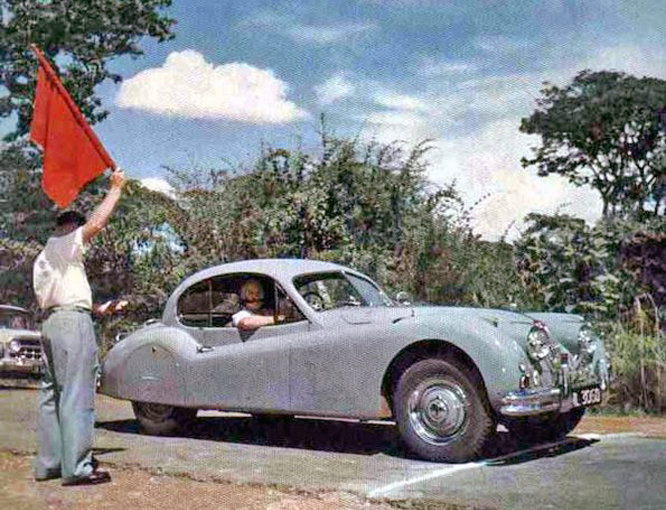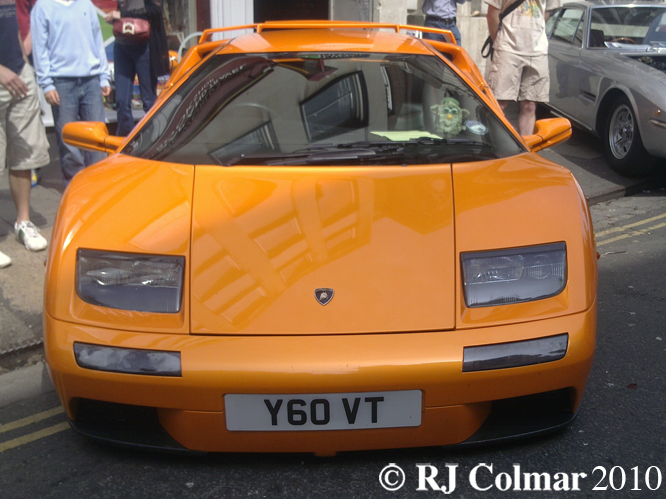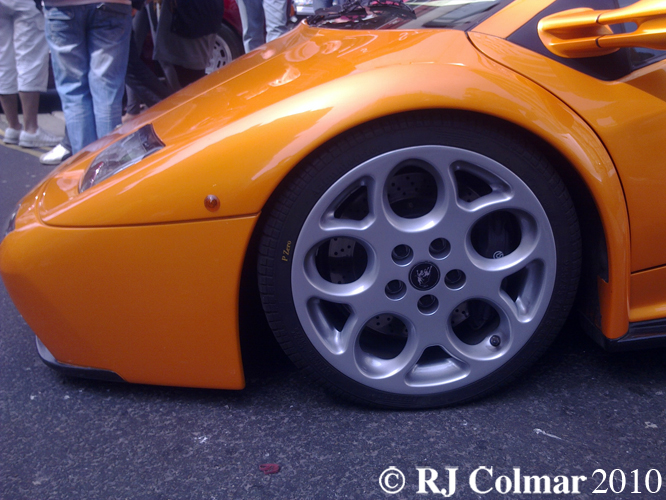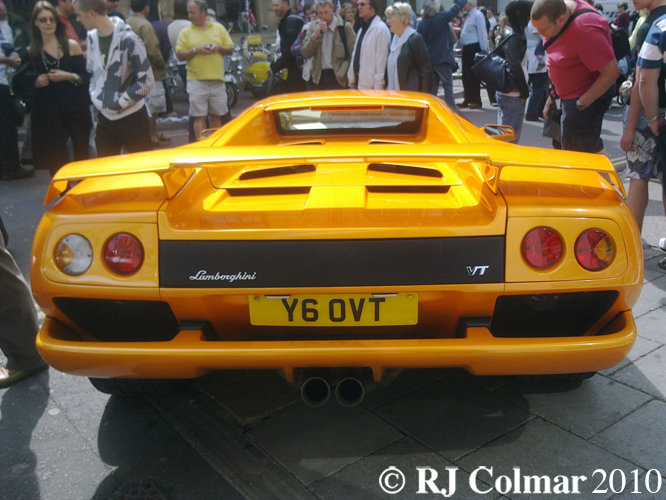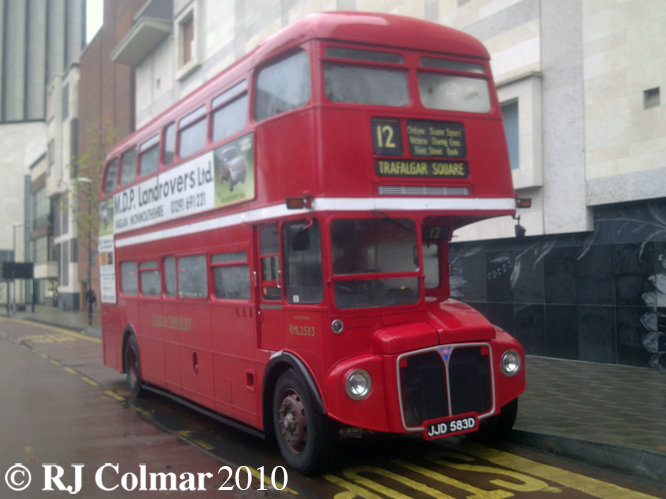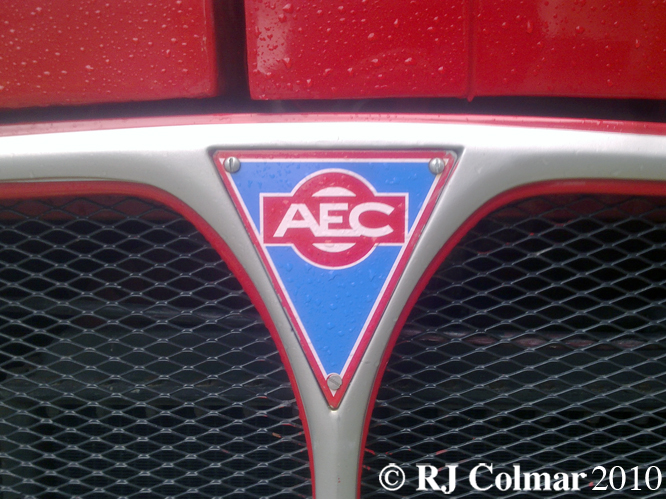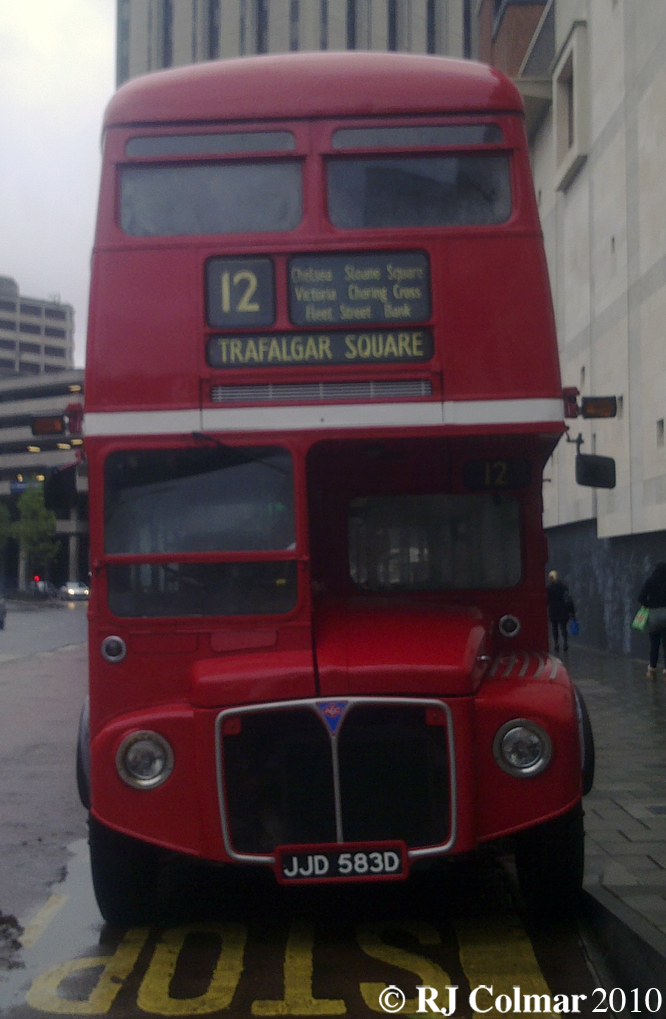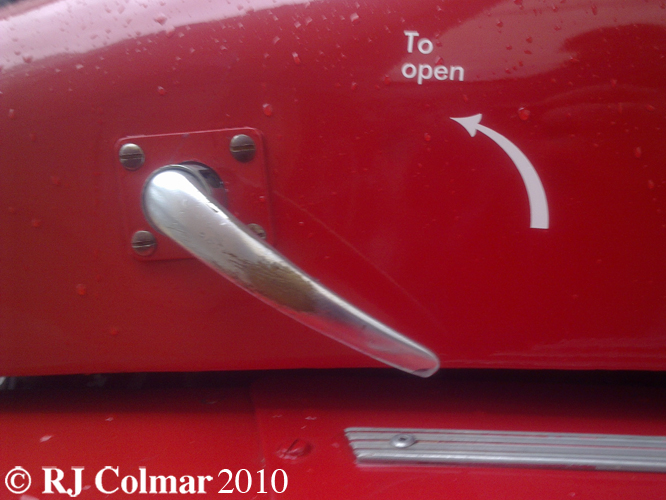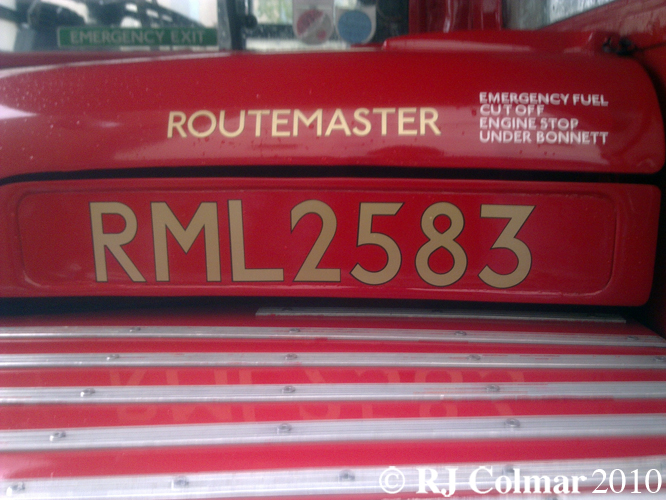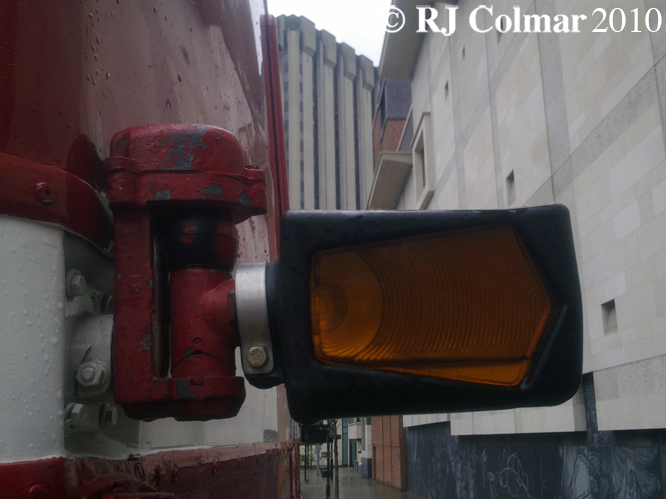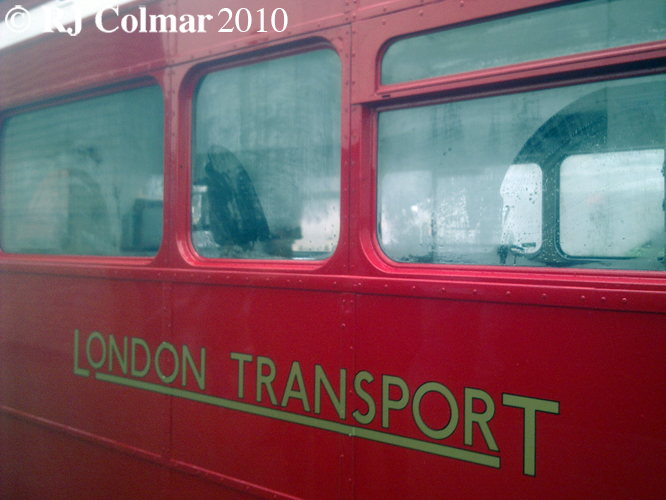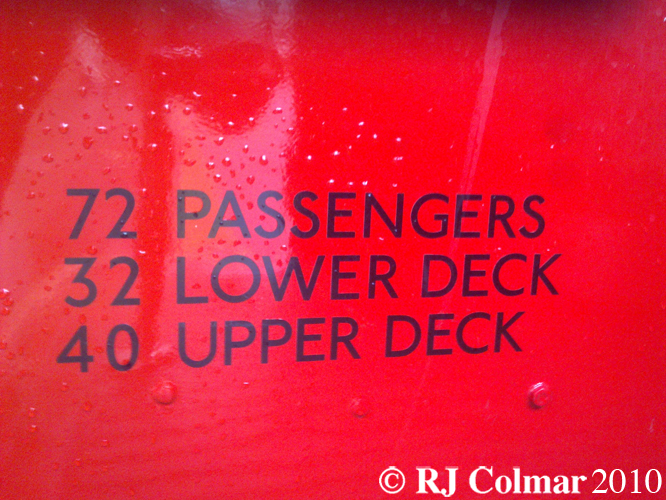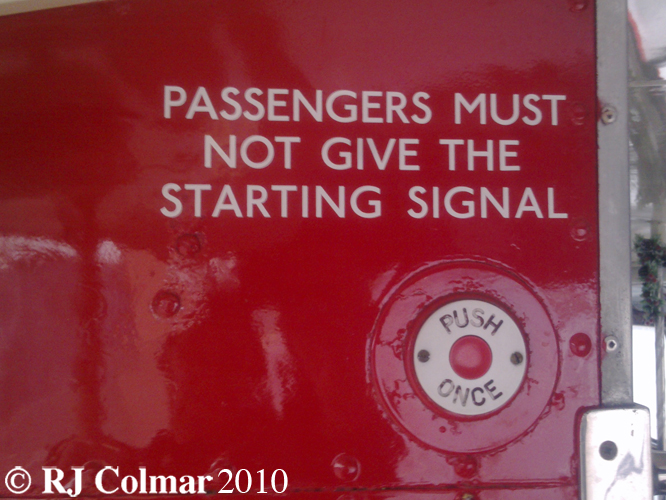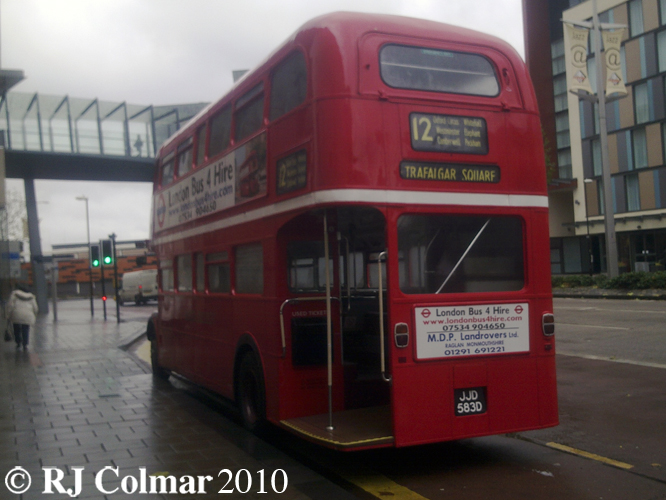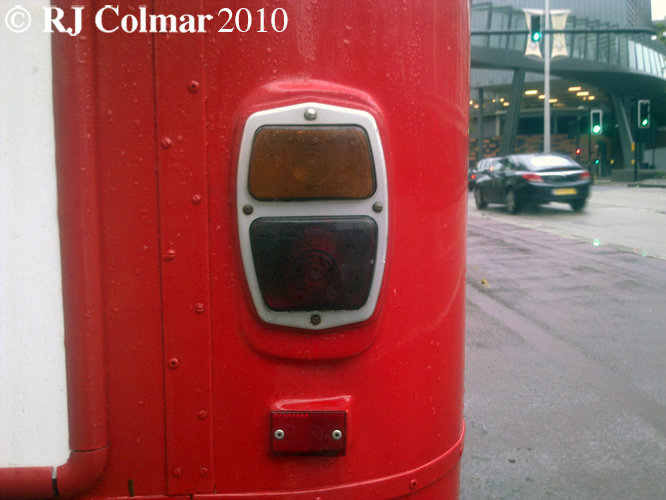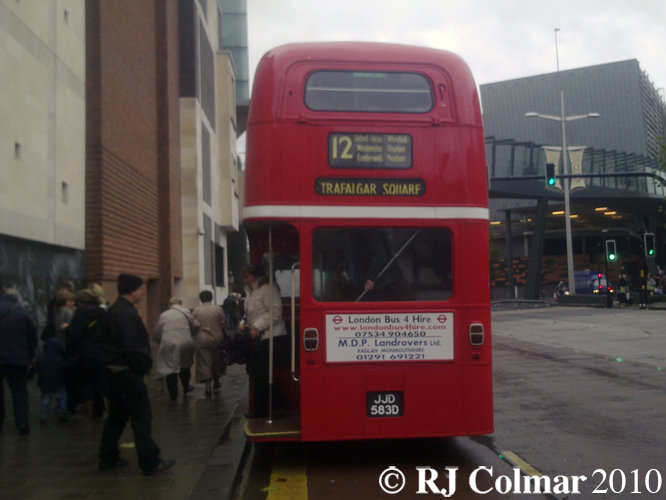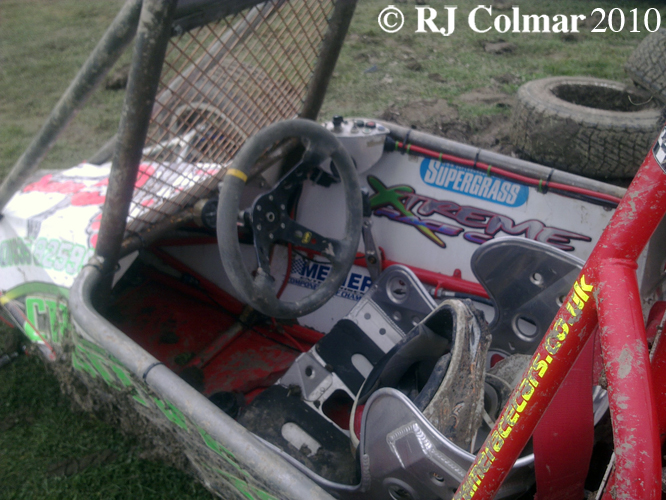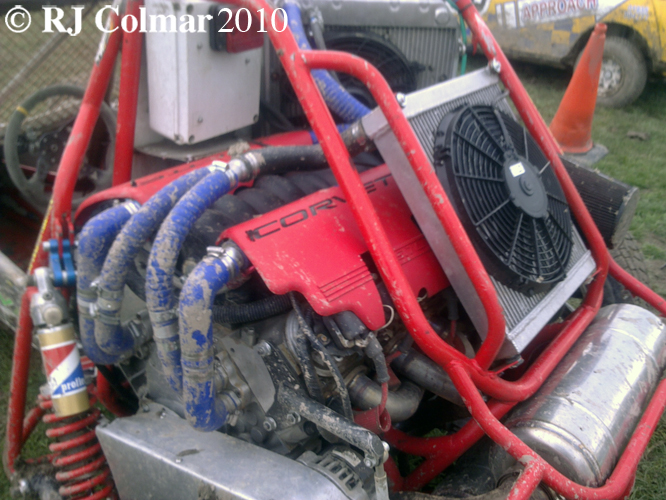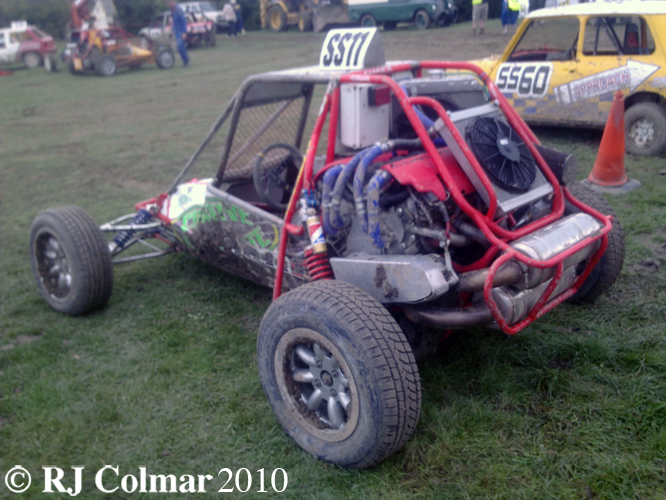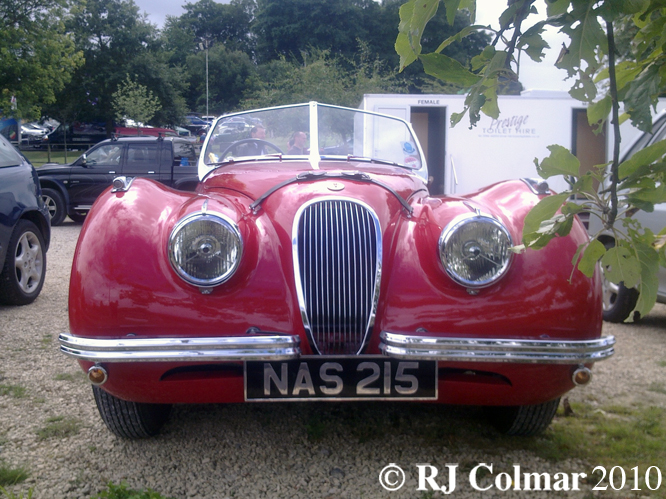
The post war success of the Jaguar Company was built around the twin overhead cam alloy head iron block XK engine which was in various guises from was in production from 1948 – 1992.
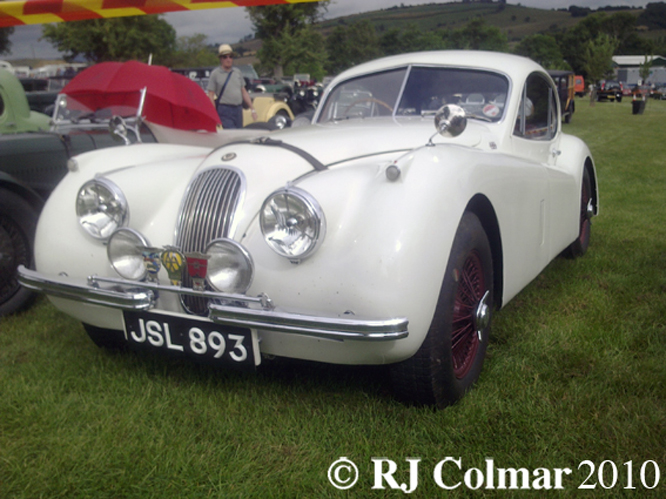
The motor was designed by William ‘Bill’ Heyes and Walter ‘Wally’ Hassan prior to the outbreak of WW2 hostilities, during the period of hostilities Jaguar staff realised the design in between duties as fire watchman over the heavily industrialised city of Coventry which was a major target of German bombing raids.
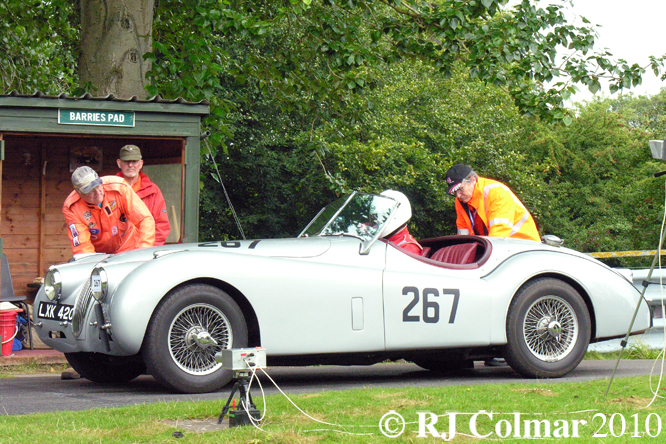
The XK 120 launched at the London Motor Show in 1948 was the first vehicle designed around a 160 hp 3442 cc / 210 cui version of the XK engine, at the time the XK 120 mph capability made it the worlds fastest production car.
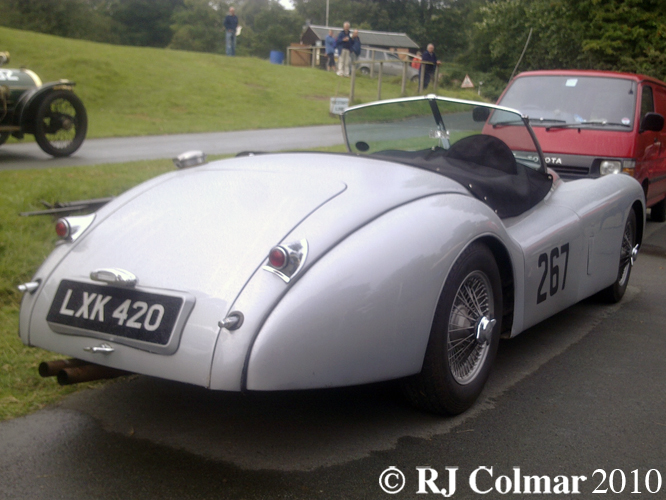
The racing and rallying success of the XK 120 is incalculable including the Daily Express One Hour Race in 1949, Class win at Palm Beach Shores, class win in the Mille Miglia both in 1950 all three with Leslie Johnson at the wheel and a 1,2,3, victory in the 1950 Tourist Trophy. Ian Appleyard took overall wins in the Alpine Rallies of 1950 & ’51 and the first Alpine Rally Gold cup in 1952. An XK 120 driven by Al Keller is also credited with being the only foreign ‘built’ car to win a NASCAR sanctioned event at New Jerseys Linden Airport in 1954 to name but a few.
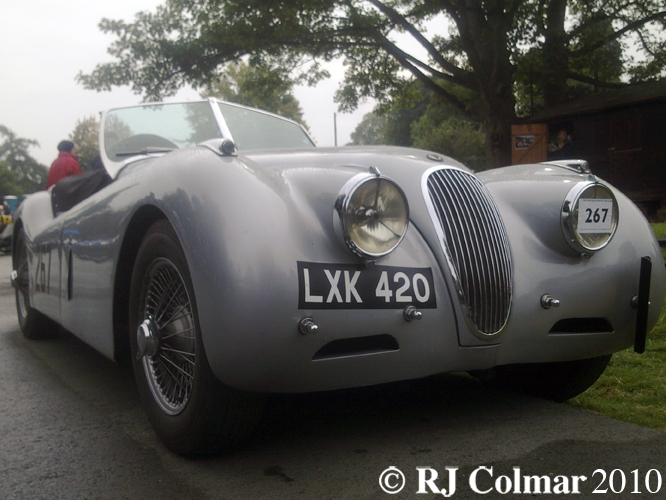
Leslie Johnson started a three year record breaking spree in 1950 at the 1.58 mile L’autodrome de Linas-Montlhéry outside Paris which features 30 degree banking.
Sharing the driving in 3 hour stints with Stirling Moss for 24 hours they averaged 107.46 mph, covering 2579.16 miles in 1950.
The following year ’51 Johnson drove 131.83 miles in one hour saying afterwards ‘the car felt so good it could have gone on another week’ sowing the seeds for the 1952 attack on the week speed record.
In 1952 a four man team comprising Johnson, Moss, Hadley and Fairman only managed 96 hours at their first attempt at the week record, because a spring broke after 85 hours, Johnson drove with the broken spring for a further 9 straight hours to spare his compatriots any additional risk setting 96 hour, 72 hour and 10,000 mile world and class records all at over 100 mph.
After the spring had been replaced the team then set a full seven day & night record of covering 16, 851.73 miles at an average speed of a staggering 100.31 miles and hour.
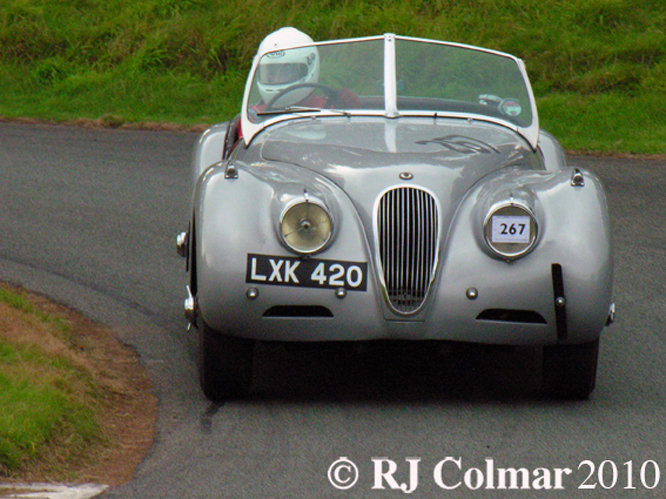
The first 242 roadsters, of which the 1949 #267 driven by Roderick Spollon is one, were hand built with aluminium bodies on ash frames, as demand picked up by 1950 pressed steel bodies were used with aluminium bonnet, doors and boot lid. Production of OTS roadsters (no roof) , DHC (convertible) and FHC (steel roof) XK120 variants came to an end in 1954 when the XK 140 was introduced.
Hope you have enjoyed todays 120 MPH edition of ‘Getttin a lil’ psycho on tyres’ and will join me on a safari looking at some big cats in Africa as I continue my quest for new information about events that occurred long ago. Don’t forget to come back now !
PS
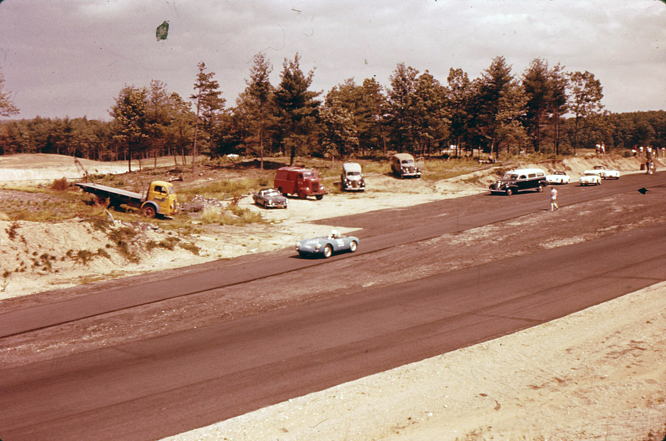
In memory of former XK 120 owner Barbara Weaver wife of ARCA and founding SCCA member George Weaver who recently passed away I am posting this photo by Ed Arnaudin of the pits complex at Thompson CT during it’s construction in July 1958.
Barbara, who’s car carried the licence plate ‘SCCA’ and her husband located the Thompson CT site and with financial assistance from Briggs Cunningham the Weavers built and ran the road circuit until 1967, when land could no longer be acquired for the facility to expand.
She was an affirmed motor sport aficionado allegedly falling in love with the Maserati belonging to her husband to be before falling in love with it’s lucky owner.
Amongst many roles in motor sport she played host to Fangio, Shelby, George Constantine, Jackie Cooper and Joan Fontaine, Bob Holbert, Bob Grossman, the entire Cunningham team, Chuck Daigh, Lance Reventlow, and Walter Cronkite.
A full and proper obituary of this wonderfully decidedly hands on character is linked here.
Sincere condolences to Barbara’s family and friends.



